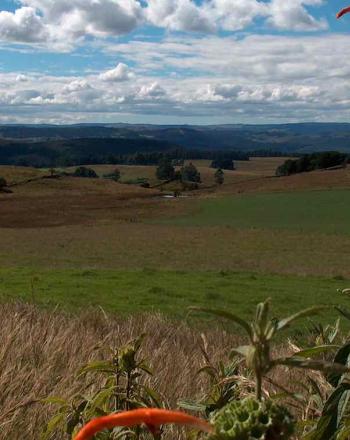Main menu
CEPF is a joint initiative of l’Agence Française de Développement, Conservation International, the European Union, Fondation Hans Wilsdorf, the Global Environment Facility, the Government of Japan and the World Bank.
Visitez le site français コア情報の日本語翻訳を読むOr use Google Translate to translate the English site to your language:
GTranslate
Priority KBA
Priority Corridor
Other KBA
Other Corridor
Maputaland-Pondoland-Albany
Previously invested
Investment
2010 to 2015
US$6.65 million
Ecosystem Profile
Ecosystem Profile, 2010
Ecosystem Profile Summary Brochure, 2010
Stats
CEPF Strategy Strategy
About this hotspot About
Investment
Dates:
2010 to 2015
Amount:
US$6.65 million
Eligible Countries
Ecosystem Profile
During CEPF's five-year investment in the hotspot, we focused on supporting civil society in applying innovative approaches to conservation in under capacitated protected areas, Key Biodiversity Areas and priority corridors, thereby enabling changes in policy and building resilience in the region’s ecosystems and economy to sustain biodiversity in the long term.
The Maputaland-Pondoland-Albany Biodiversity Hotspot, located along the east coast of southern Africa, below the Great Escarpment, is the second richest floristic region in southern Africa (after the Cape Floristic Region). Some 1,900 endemic plant species are found here, of which 534 are classified as either Vulnerable, Endangered or Critically Endangered per the IUCN Red List of Threatened Species.
Approximately 18 million people live in the portions of the three countries that fall within hotspot boundaries, and the political and cultural landscapes are as varied as the biological diversity.
Portuguese-speaking Mozambique, stable after several years of post-colonial turmoil, is less developed than its neighbors. Swaziland is a monarchy whose economy and land have been dominated by a relative few corporate, tribal and individual interests. South Africa’s KwaZulu-Natal Province, with the major commercial center of Durban, is a long-standing center of wealth and development in the country and is home to globally renowned protected areas. The Eastern Cape Province, on the other hand, has suffered more from the legacy of apartheid.





